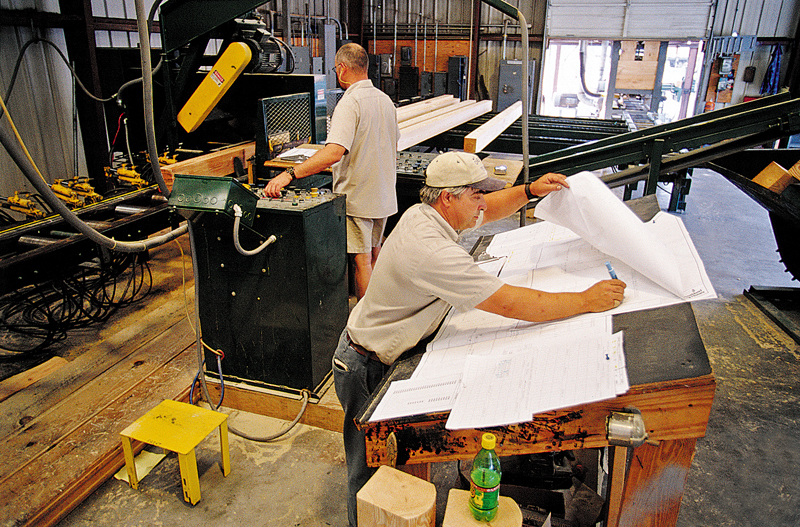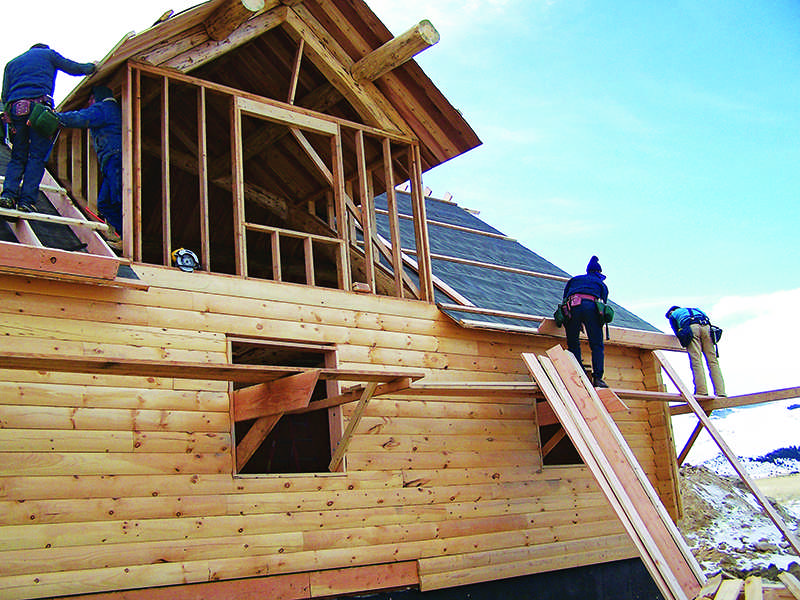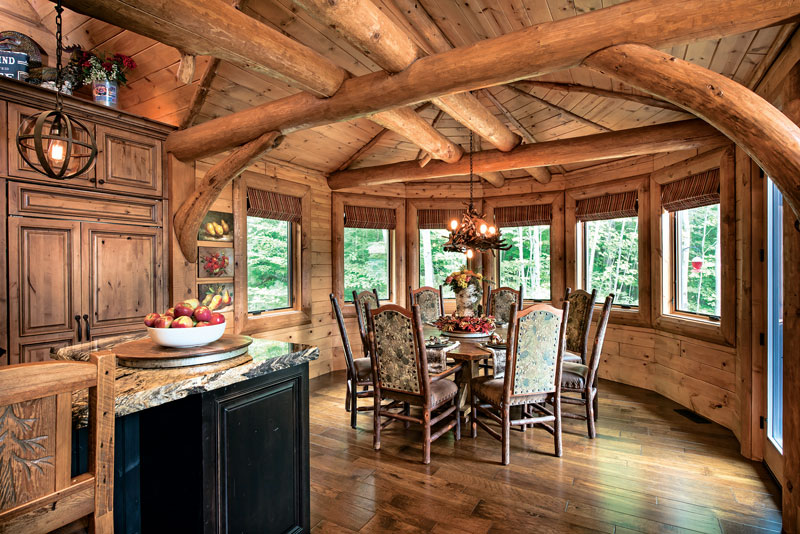
Any major purchase is stressful. The idea that as soon as you commit to a choice, it will be difficult — if not impossible — to change your mind can send even the most decisive buyer into a second-guessing frenzy. Buyer’s remorse is NOT something you envision in your dream-home scenario.
With hundreds of log home manufacturers and handcrafters from which to choose, how do you know which one is right for you? The differences among log home companies go well beyond the looks of their homes. Each one offers diverse floor plans, wood species, log styles, components and other factors that go into determining the finished home.
Each company believes that its way reigns supreme and does its level best to convince you as to why you should choose their method over another. It can feel overwhelming, so here are our top 10 tips to help you simplify that choice:
1. Narrow The Field
Having a clear vision of how you want your log home to look, feel and flow is important and will be a key contributor in helping you whittle down options. Most log home producers specialize in a handful of log species or profiles. So if you know you want full-round logs made of Douglas fir, you’ve automatically eliminated any companies who can’t offer that product. Establish your priorities before you start looking.
2. Read Up
Once you have a manageable list of log home producers, it’s time to dig in and do your homework. Read everything you can get your hands on: websites, brochures, catalogs and plans books. This research will help you gain a deeper understanding of a company’s philosophy, business practices, services and performance. By getting a feel for each prospect, you should be able to narrow your choices down to three or four options.
3. Ask Around
Once you’ve heard what each log home company on your short list has to say about itself, it’s time to get the other side of the story from people who have actually been there — buyers who’ve been through the process. Start by checking consumer review sites or soliciting opinions and referrals on community blogs like The Log Home Neighborhood. Take a look at the company's Facebook or Twitter feeds. And if you feel you are ready at this point, contact each company’s references.Ask about the process: Did they deliver what they promised in a timely manner? Were they responsive? Were there any surprises? How were they to work with? Would you choose them again? But bear in mind: What may be satisfactory to one person could be completely unacceptable to the next.
4. Get Some Face Time
And no, we’re not talking about your iPhone. Touring a plant or home office in person is one of the best ways to get a true impression of a company’s operations, and log home producers welcome the opportunity to get to know you. You’ll observe how the logs are cut and meet key members of the design and production teams, perhaps even the company owner. If you can’t get to the mill or production facility, at least pay a call to one of the producer’s sales models and meet the representative you will be working with. Since this person could be handling most of your dealings with the company, it’s vital that you feel comfortable with him or her.
5. Inquire About Custom-Design Services
Although most log home companies offer a variety of standard home plans, nearly 80 percent of log homes are customized in some way. These designs range from little more than a tweak to a stock plan to a completely original design. The quality of work and experience of the producer’s design staff can be important considerations in making your choice. Look at the designs they have produced for other customers. Talk to these people if you can, and ask if their experience with the design team was positive and collaborative.
6. Check for Code Compliance
At some point, ask for written proof that a company’s home meets the structural requirements of the local building codes that apply where you intend to build, as well as the ICC-400 Standard for Log Home Construction. Many log home producers have already prepared the required engineering analysis to prove their building system meets code provisions.
7. Ask About Warranties
Make sure you understand the terms and conditions of a warranty, if the company provides one, and ask specifically what they will do should a problem arise. If you buy additional materials (windows, doors, roof shingles, etc.) with your log package, ask for a copy of the warranties offered by those manufacturers. To protect your investment further, confirm that the companies you’re contemplating grade their logs to ensure the finest quality materials for your home. Give more weight to companies whose log packages comply or exceed accepted industry standards.
8. Read The Manual
A well-prepared construction manual indicates that the company wants to make certain every home it produces is erected with the same precision and attention to detail it puts into milling its logs. Some companies may have sub-par manuals, even though the quality of their homes is first-rate. Many of these compensate by spending more time providing onsite technical assistance to ensure that their homes are properly built. Most established companies offer both an excellent construction manual and onsite technical assistance. These services are invaluable and worth considering when choosing among competing companies.
9. Learn About Delivery Practices
Knowing when, how and by whom your logs will be delivered is important information. Answer these questions before deciding which company you’ll choose — they may help you identify the ones that are willing to work hard for your business:
- Will the logs be delivered in the log home company’s own trucks or by common carrier? A producer’s driver may be better able to deliver the logs where you need them. The size of the vehicle matters, too, if your site is on a narrow, steep road. How much advance notice will you receive prior to delivery? This information is important if you’ll be paying for equipment or people to unload the logs.
- How much time will you have to unload? After a specified period, the carrier may charge an hourly fee for waiting.
- Will the logs be numbered, coded or loaded in reverse order so that the last ones unloaded will be the first ones used to erect the walls? Otherwise, each log may require double handling before you can begin to build.
- Can materials be unloaded by hand, or will mechanical equipment, like a crane, be required? Extra onsite machinery equals extra cost.
10. Conduct a Final Price Check
Before you sign on the dotted line, it’s important you know exactly what you are paying for. Package prices can vary widely, so be sure you are looking at the same specifications from each producer you’re considering for the most accurate price comparison. If you’re still faced with substantial price discrepancies, ask each producer to walk you through the bid. A verbal conversation may reveal items that are not evident on paper. And finally, before you pick up that pen, make sure you know what each company’s refund policy is, should you have an unlikely change of heart.













